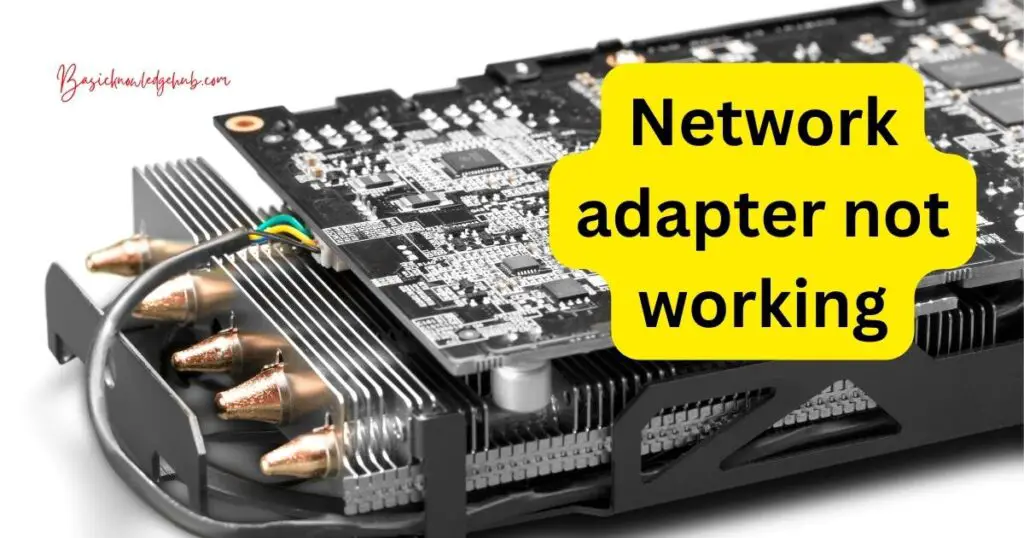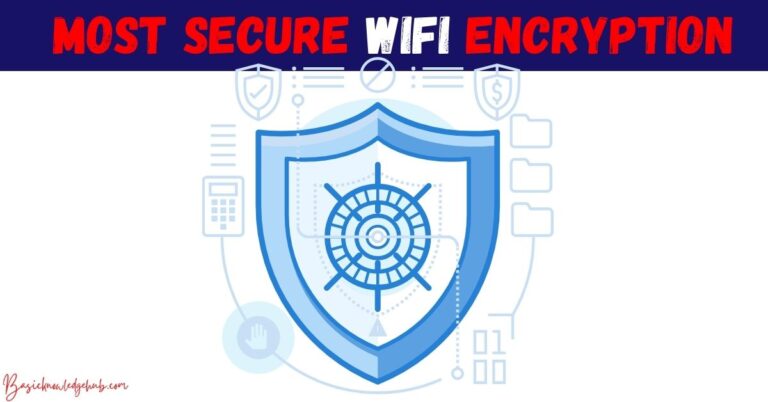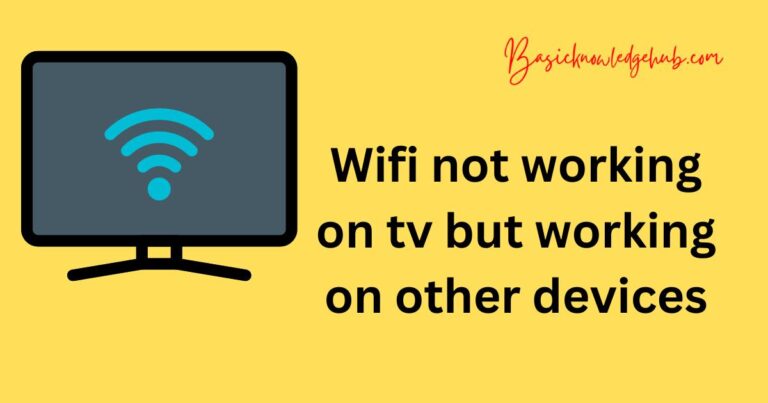Network adapter not working
Every computer user has faced connectivity issues at some point. One of the prime culprits is often the network adapter. When your network adapter is not working, it can leave you feeling disconnected, frustrated, and puzzled. If you’re currently in that boat, don’t despair. This comprehensive guide will delve into the reasons behind network adapter problems and walk you through how to fix them.
Reasons Your Network Adapter Might Not Be Working
- Outdated or Corrupt Drivers: Like all hardware, network adapters need drivers to function. Over time, these drivers might become outdated or corrupt, affecting connectivity.
- Physical Damage: Dropping a laptop or accidentally knocking against the desktop can cause physical damage to the adapter.
- Software Conflicts: Occasionally, other software might conflict with the network adapter, causing disruptions.
- Hardware Compatibility Issues: If the network adapter isn’t compatible with your system, it won’t work as intended.
- Faulty Configuration Settings: Incorrect settings can prevent your adapter from connecting to the network.

How to Fix a Non-Functional Network Adapter?
Fix 1: Updating or Reinstalling Network Adapter Drivers
A frequent issue with the network adapter not working is associated with outdated or corrupt drivers. Drivers are the essential software components that allow your operating system to communicate effectively with the hardware. When they are not in sync, it can result in connectivity problems. Here’s a step-by-step guide to updating or reinstalling your network adapter drivers:
Step 1: Access Device Manager:
First, you need to open the Device Manager on your computer. This can be done by right-clicking on the Start button and selecting the Device Manager from the list. Alternatively, you can type “Device Manager” into the Windows search bar and click on the corresponding result.
Step 2: Locate the Network Adapter:
Within the Device Manager window, you’ll find a list of all the hardware components connected to or integrated into your computer. Scroll down and look for the section labeled “Network adapters”. Click on the arrow or the plus sign next to it to expand the list.
Step 3: Update the Driver:
Find your network adapter’s name in the expanded list. Right-click on it and you’ll see an option that says “Update Driver”. Choose this option and Windows will attempt to search for the latest driver updates automatically. If an updated driver is found, the system will guide you through the installation process.
Step 4: Reinstall the Driver (if necessary):
If updating doesn’t solve the problem or if you suspect the driver might be corrupt, you can try reinstalling it. Right-click on your network adapter’s name once again, but this time, select “Uninstall device”. Once uninstalled, restart your computer. Windows should detect the network adapter as new hardware and attempt to install the default driver. If it doesn’t, you can head to the manufacturer’s website to download and install the appropriate driver manually.
Step 5: Check for Connectivity:
After updating or reinstalling the driver, it’s essential to check if your connectivity issue is resolved. Try accessing a website or using an online application to confirm.
Fix 2: Checking and Securing Physical Connections
Physical disruptions or issues with the connections can often be the silent enemy behind a network adapter not working. This is especially relevant for those using wired connections or external network adapters. A loose cable, a damaged port, or a malfunctioning external adapter can prevent your computer from connecting to the network. Here’s a comprehensive guide to ensure that all your physical connections are in order:
Step 1: Inspect the Network Cable:
Examine your Ethernet cable for any visible signs of wear, tear, or damage. A damaged cable can often be the root cause of intermittent or non-existent network connectivity. If you find any flaws or if you’re in doubt, try replacing the cable with a new one.
Step 2: Ensure Secure Connections:
Ensure that the Ethernet cable is securely plugged into the correct port on both your computer and the router or modem. A half-inserted cable can lead to unstable connections. Push the connectors into their respective ports firmly until they click into place.
Step 3: Examine the Network Adapter (For External Adapters):
If you’re using an external network adapter, like a USB Wi-Fi dongle, check for any physical damages. Make sure it’s plugged into a functional USB port. If unsure, try connecting it to a different port to see if the issue persists.
Step 4: Test with Another Device:
To eliminate the possibility that the problem lies with the router or modem, try connecting another device, such as a different computer or a smartphone, using the same cable and port. If the other device also struggles with connectivity, the problem might be with your networking equipment and not the computer’s network adapter.
Step 5: Restart Your Equipment:
Sometimes, a simple restart can resolve minor glitches. Turn off your computer, modem, and router. Wait for about a minute and then turn everything back on. Start with the modem, wait for all its lights to stabilize, then power on the router, and finally, turn on your computer.
Fix 3: Addressing Software Conflicts and Malware Interference
At times, third-party software or malicious programs can conflict with the system processes that manage your network connection, leading to a network adapter not working correctly. Identifying and resolving these software conflicts is crucial to restore your connection:
- Step 1: Boot into Safe Mode: Starting your computer in Safe Mode will load only essential system processes, ensuring third-party software won’t interfere. To boot into Safe Mode in Windows, restart your computer and hold down the Shift key. Then select Troubleshoot, followed by Advanced options, Startup Settings, and finally, Restart. Once restarted, choose Safe Mode with Networking from the list.
- Step 2: Check for Connectivity: In Safe Mode, try accessing the internet. If you can connect, a third-party application or service might be the culprit.
- Step 3: Disable Recent Software or Applications: Think back to any recent software or applications you installed before the issue arose. It might be wise to temporarily disable or uninstall these to determine if they’re causing the conflict.
- Step 4: Run a Malware Scan: Malicious programs or malware can interfere with network processes. Using a trusted antivirus or antimalware program, run a thorough system scan to identify and eliminate potential threats.
- Step 5: Clean Boot to Identify Conflicts: A clean boot starts Windows with a minimal set of drivers and services. From the System Configuration utility (msconfig), disable all non-Microsoft services and startup items. Restart your computer. If the network adapter works, gradually enable services and startup items to pinpoint the conflicting software.
Fix 4: Tweaking Network Settings and Protocols
Sometimes, a misconfiguration in network settings or a faulty protocol can result in your network adapter not working. Here’s how to revisit and rectify those settings:
- Step 1: Access Network and Sharing Center: Navigate to the Control Panel and select Network and Sharing Center. Here, click on “Change adapter settings” on the left sidebar.
- Step 2: Check Network Adapter Status: Ensure that your network adapter isn’t disabled. If it shows as “Disabled”, right-click on it and select “Enable”.
- Step 3: Reset Internet Protocol (TCP/IP): Right-click on your network connection and select “Properties”. From here, select Internet Protocol Version 4 (TCP/IPv4) and click on “Properties” again. Ensure both the IP address and DNS server address options are set to “Obtain automatically”.
- Step 4: Clear DNS Cache and Reset IP Settings: Open Command Prompt as an administrator. Type in the following commands one by one, pressing Enter after each:
- bashCopy code
- ipconfig /release ipconfig /renew ipconfig /flushdns
- Step 5: Check for Connectivity: After making these changes, try accessing the internet again to check if the issue has been resolved.
Fix 5: Resetting Network Settings to Default
Over time, custom network configurations, accumulated cache, or misaligned settings can cause the network adapter not working properly. A complete reset can often bring things back to normal:
- Step 1: Open Settings: Navigate to the Settings application on your computer, typically represented by a gear icon. From here, head over to the Network & Internet section.
- Step 2: Network Reset: Scroll down until you find the “Network reset” option. Clicking on this will reset all network-related settings to their default.
- Step 3: Confirm Reset: Upon clicking “Network reset,” you’ll be prompted to confirm your decision. This action will remove then reinstall all network adapters, setting them back to their original configurations. Click “Yes” or “Confirm”.
- Step 4: Restart Your Computer: After the reset process is completed, you will be prompted to restart your computer. Make sure you save any ongoing work, close all applications, and then proceed with the restart.
Fix 6: Upgrading or Replacing the Network Adapter
In cases where none of the above solutions work, it could be that the network adapter itself is faulty or has become obsolete. Replacing or upgrading the adapter can be the final resort:
- Step 1: Diagnose the Hardware: Before deciding on a replacement, ensure that it’s a hardware issue. In Device Manager, if the network adapter shows errors or doesn’t display at all, it might be time for a replacement.
- Step 2: Choose the Right Adapter: If you’re going for a replacement, ensure the new adapter is compatible with your system. Look for well-reviewed models and ensure they match your system’s specifications.
- Step 3: Installation: For external adapters, the process is as simple as unplugging the old one and connecting the new one. However, for internal adapters (like those in a desktop), you might need to open the system unit, remove the old card, and fit in the new one. Always refer to the manufacturer’s guidelines or consult with a technician.
- Step 4: Install Necessary Drivers: Once the new adapter is in place, your system should recognize it as new hardware. Ensure you install the appropriate drivers, either from the accompanying disk or the manufacturer’s website.
Fix 7: Modifying Power Management Settings
One often overlooked reason for a network adapter not working properly is power management settings. These settings can sometimes inadvertently turn off the network adapter to save energy, especially in laptops:
- Step 1: Access Device Manager: Open the Device Manager on your computer by right-clicking the Start button and selecting it from the list or by searching for it.
- Step 2: Navigate to Network Adapters: Within the Device Manager, find and expand the “Network adapters” section.
- Step 3: Adjust Power Management: Right-click on your network adapter and select “Properties.” Go to the “Power Management” tab. Uncheck the box that says “Allow the computer to turn off this device to save power.”
- Step 4: Confirm Changes: Click “OK” or “Apply” to save the changes and then restart your computer to see if the network adapter issue is resolved.
Fix 8: Configuring Correct DNS Servers
Issues with the Domain Name System (DNS) servers can often manifest as network connection problems, even if the network adapter seems fine:
- Step 1: Access Network Connections: Open the Control Panel, navigate to Network and Sharing Center, and then click on “Change adapter settings” on the left panel.
- Step 2: Properties of Your Connection: Right-click on your active network connection (it could be Wi-Fi or Ethernet), and select “Properties.”
- Step 3: Navigate to TCP/IP Settings: In the connection properties, select Internet Protocol Version 4 (TCP/IPv4) and then click on the “Properties” button.
- Step 4: Change DNS: Choose the “Use the following DNS server addresses” option. Input the addresses of a reliable DNS server. For instance, Google’s public DNS is 8.8.8.8 (primary) and 8.8.4.4 (secondary). Alternatively, you can use other trusted DNS servers.
- Step 5: Confirm and Check Connectivity: Click “OK” to confirm the changes. Restart your network connection or the entire computer and test for connectivity.
Conclusion
Network adapters play a crucial role in our online experiences. Understanding why a network adapter might not be working and knowing how to address the issue can save both time and frustration. While solutions vary, with a bit of patience and the right approach, you’ll be back online in no time. Remember, technology is there to serve us, and with the right knowledge, we can ensure it does just that.
FAQs
It’s your computer’s tool to connect to Wi-Fi or Ethernet.
Could be hardware issues, driver problems, or system glitches.
Yes! They’re just different names for the same gadget.
Internal ones are built-in; external ones connect via USB.
Sometimes. A bad update might disrupt its functionality.

